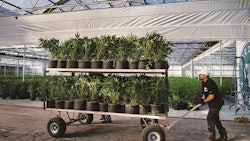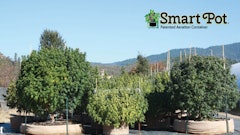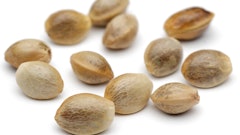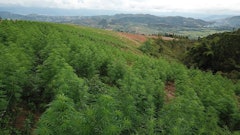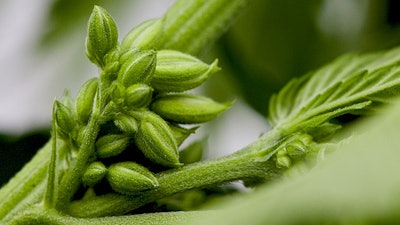
Cross-pollination between hemp and cannabis plants in Washington has been a concern since the 2018 Farm Bill passed and hemp production across the state more than tripled, with more than 78,176 acres farmed for hemp alone last year. (When hemp and cannabis cross-pollinate, the potency of a female cannabis plant’s cannabinoids can significantly reduce, while THC in hemp plants can ruin those crops, too.) But in April, when Gov. Jay Inslee signed Senate Bill 5276—a bill that eliminated a required four-mile buffer zone between hemp and cannabis fields—farmers’ concerns grew. “Pollen gets around,” says Jennifer Burton, head of sales support and farmer relations at HempLogic, a vertically integrated hemp company with farms in Washington.
Here’s how hemp is affected: When THC-bearing male cannabis plants pollinate a hemp plant, their seeds produce high-THC plants, ruining the crop. “Pollination occurs when male cannabis plants release pollen near female plants, triggering female plants to produce seeds,” explains Crystal Oliver, executive director of Washington Sungrowers Industry Association. And when plants invest energy in seed production, they produce less CBD—making them less valuable.
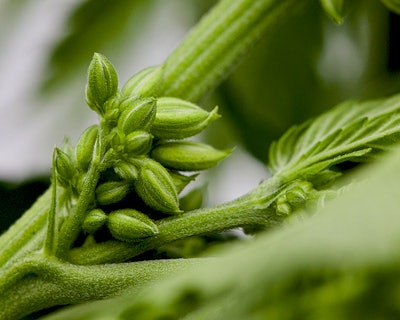 male plant cannabis flower david goodman
male plant cannabis flower david goodman1. Talk to your neighbors.
“Farmers talking to each other and coordinating planting is first and foremost in containing cross pollination issues,” according to Bonny Jo Peterson, executive director of the Industrial Hemp Association of Washington. Farmers can stagger their plantings, she says, which can reduce the risk of cross-pollination. “Say one variety is known to go into pollination in a certain week,” she says. “By planting two weeks or so apart, both fields will not be in the pollination stage at the same time. Communication is best practice to solve most issues with an absence of regulations.”
Burton even suggests creating an online sharing platform among your neighbors. That way, when issues or new technologies come up, they can be shared in real time and to everyone.
2. Make sure you—and your neighbors—can find and cull male plants.
Gregg Gnecco, vice president of sales and operations for Hemp Northwest, a hemp processor and distributor, says that when you talk to your neighboring farms, you should also discuss whether you plan to grow an open pollenated grain or fiber field, which can affect pollination—and your plans for finding and culling male plants.
“With the explosive growth of hemp farming, the current major concern most growers should have is uneducated growers attempting to grow all female plants, and believing they are—and then ending up with seed stock that isn’t completely feminized and having rogue males that ruin not only their field but their neighbors too,” he says.
To identify and cull male plants, you will need visually inspect every single plant on your plot, then manually remove and destroy any males from August through October, says Oliver. That might be possible for farmers with small plots, she says, “but if you have more than 100 plants, it becomes very difficult—and if you have more than 1,000 plants, it’s very likely impossible.”
3. Use a little light mist.
Peterson suggests an easy way to protect your hemp plants: “A light misting of water between crops has been found to knock pollen out of the air, reducing or eliminating its travel between fields and in greenhouses,” she says.
4. Conduct your own trials.
In Hemp Northwest’s own farming, “we are learning from trials that the varieties we are growing for grain mature much earlier than flowering photo-period sensitive plants,” says Gnecco, “and it’s very likely in the coming years that we’ll be able to grow open pollenated hemp right next to feminized fields.”
Here’s what Hemp Northwest observed: “Our early May plantings mature and run out of pollen, with the males dying off right about the time most growers were getting their plants into the field, long before they started to flower or be at risk from that pollen,” he says.
5. Voluntarily adopt a miles-long setback.
With the law that mandated a four-mile wide barrier now gone, farmers who want a buffer zone will have to create one themselves. Oliver recommends farmers voluntarily adopt a setback of several miles. “I would not recommend a hemp grower site near a THC cannabis farm unless they want to risk a lawsuit,” she says.












